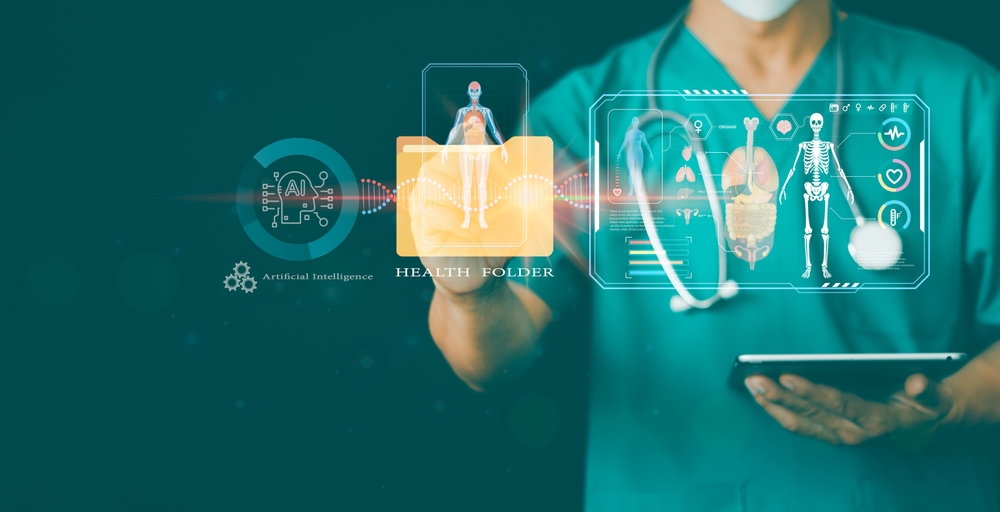Case Study
Home » AI-Based Medical Diagnosis Support
AI-Based Medical Diagnosis Support
Problem Statement
Healthcare providers face growing demands to deliver accurate and timely diagnoses amidst increasing patient volumes and complex medical imaging data. A leading hospital network sought to leverage AI-based modeling to assist doctors in diagnosing diseases from medical imaging, such as X-rays and MRIs, to improve diagnostic accuracy, reduce physician workload, and enhance patient outcomes. The goal was to streamline clinical workflows, minimize diagnostic errors, and ensure scalability across multiple facilities.

Challenge
The primary challenges in developing an AI-based medical diagnosis support system included:
- Data Complexity: Processing and analyzing diverse medical imaging data (e.g., X-rays, CT scans, MRIs) with varying resolutions, formats, and annotations.
- Model Accuracy: Ensuring the AI model achieves high diagnostic precision to support doctors without generating false positives or negatives that could impact patient care.
- System Integration: Seamlessly integrating the AI solution into existing hospital systems, such as electronic health records (EHRs), for real-time clinical use without disrupting workflows.
Solution Provided
The solution utilized advanced AI modeling to enhance diagnostic capabilities from medical imaging. The system was designed to:
- Analyze Imaging Data: Automatically process and interpret medical images to identify patterns, anomalies, and disease indicators with high precision.
- Support Clinicians: Provide doctors with real-time diagnostic insights, including highlighted regions of concern and probability scores for potential conditions.
- Enhance Workflow Efficiency: Integrate with hospital systems to deliver instant results, enabling faster decision-making and prioritizing critical cases.
Development Steps

Data Collection
Gathered a robust dataset of anonymized medical images (e.g., X-rays, MRIs) from the hospital’s archives, including labeled diagnoses, clinical notes, and patient metadata.

Preprocessing
Standardized image formats, normalized pixel intensities, and augmented the dataset to handle variations in imaging equipment and patient demographics.

Model Development
Built a convolutional neural network (CNN) using Keras, fine-tuned on pre-trained models (e.g., ResNet) with hospital-specific imaging data to detect conditions like pneumonia, fractures, and tumors.

Validation
Tested the model’s performance using metrics such as sensitivity, specificity, and F1-score, achieving 92% diagnostic accuracy in pilot trials with feedback from radiologists.

Deployment
Deployed the model on AWS for scalable, cloud-based processing, integrating it with the hospital’s PostgreSQL-based EHR system for seamless access during patient consultations.

Continuous Monitoring & Improvement
Implemented real-time monitoring to track model performance, incorporating new imaging data and clinician feedback to refine accuracy and adapt to emerging diagnostic needs.
Results

High Diagnostic Accuracy
The AI model achieved 92% accuracy in identifying diseases from medical images, significantly reducing diagnostic errors

Faster Patient Processing
Diagnostic processing time was reduced by 20%, enabling quicker treatment decisions and improved patient throughput

Reduced Clinician Workload
The system handled initial image analysis for 35% of cases, allowing radiologists to focus on complex diagnoses and patient consultations.

Cost Efficiency
Operational costs decreased by 12% due to streamlined workflows and reduced need for secondary reviews.

Scalability Achieved
The cloud-based solution supported a 30% increase in imaging volume across the hospital network without requiring additional infrastructure.